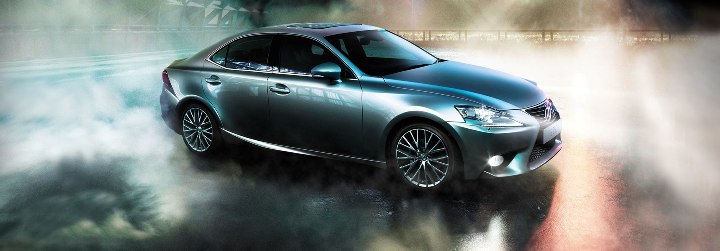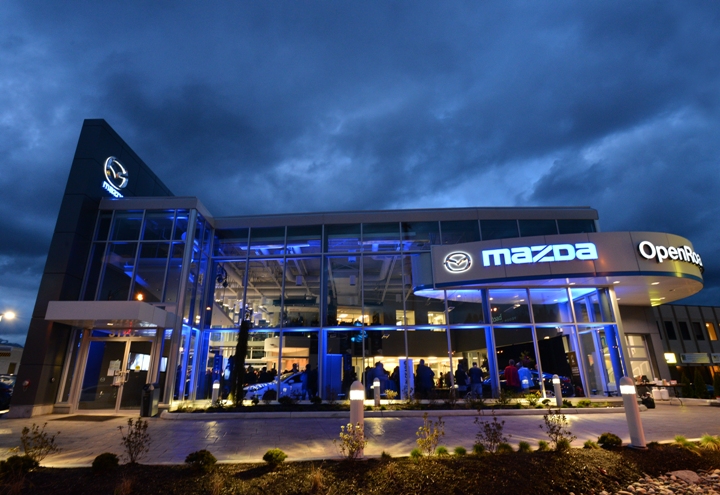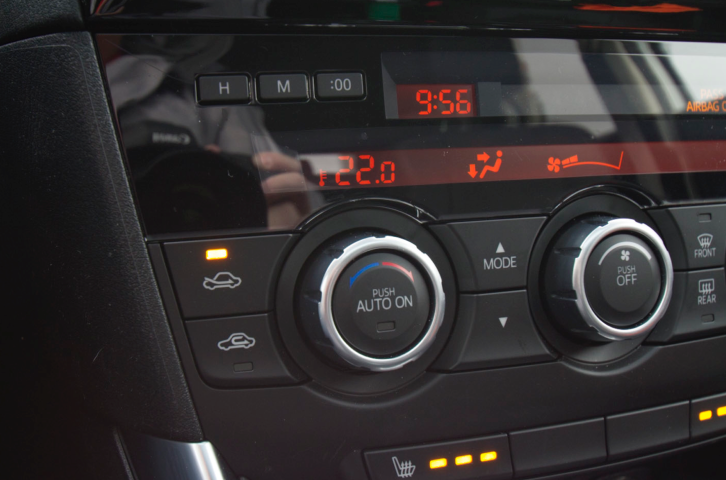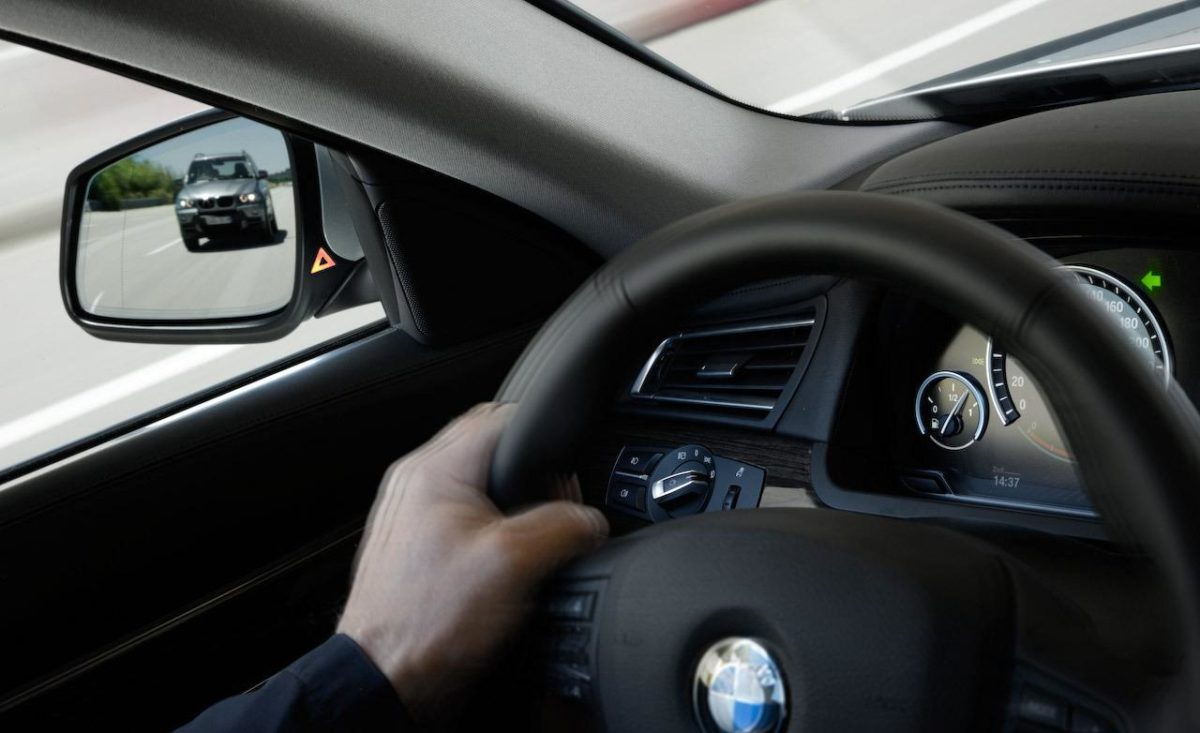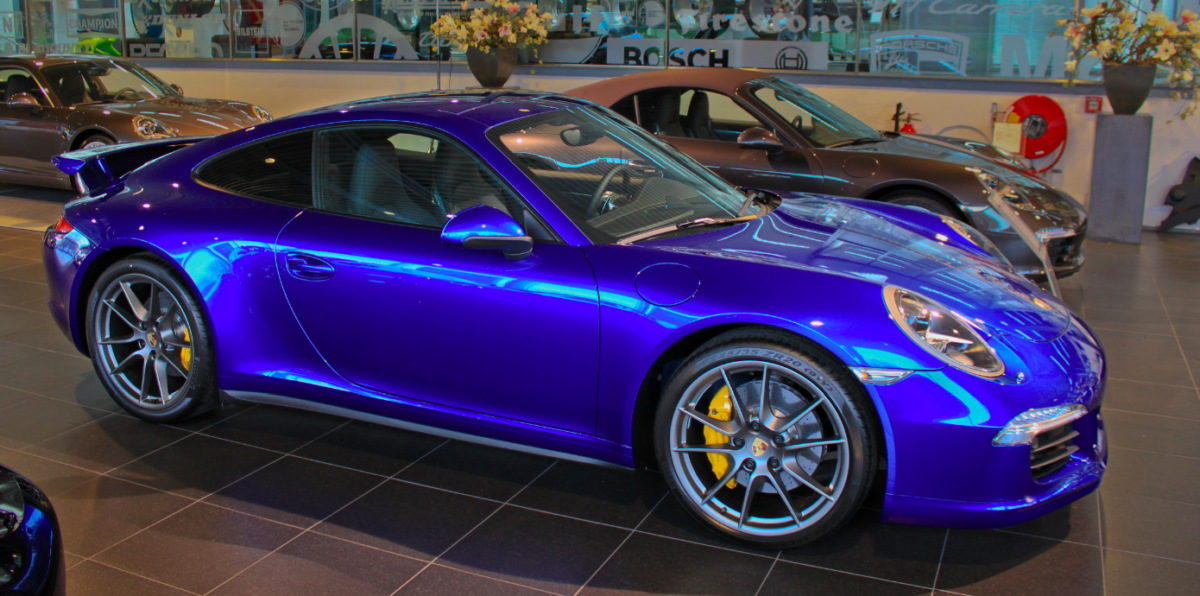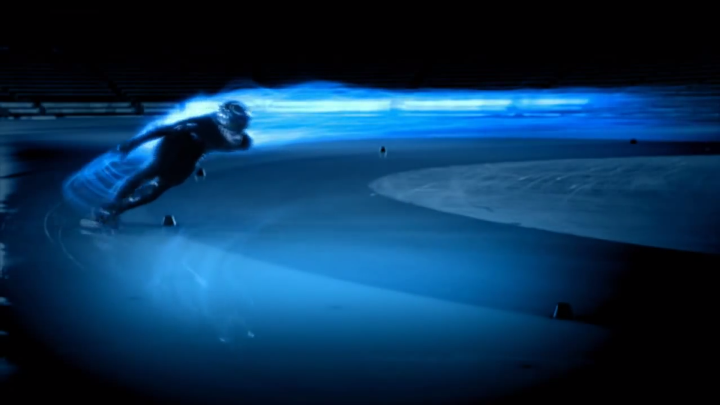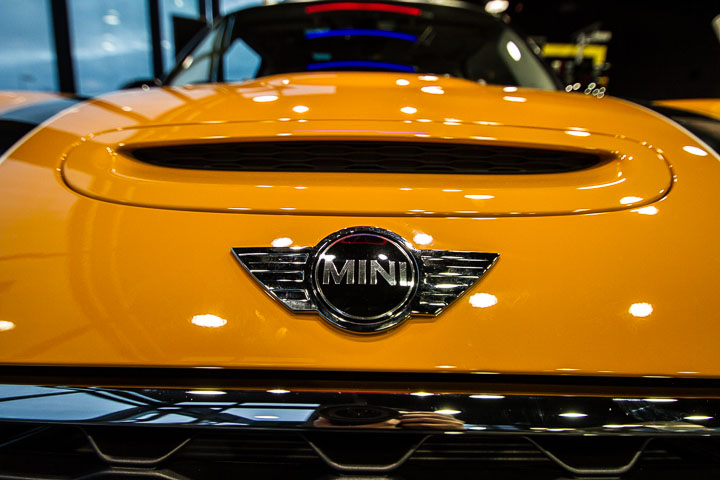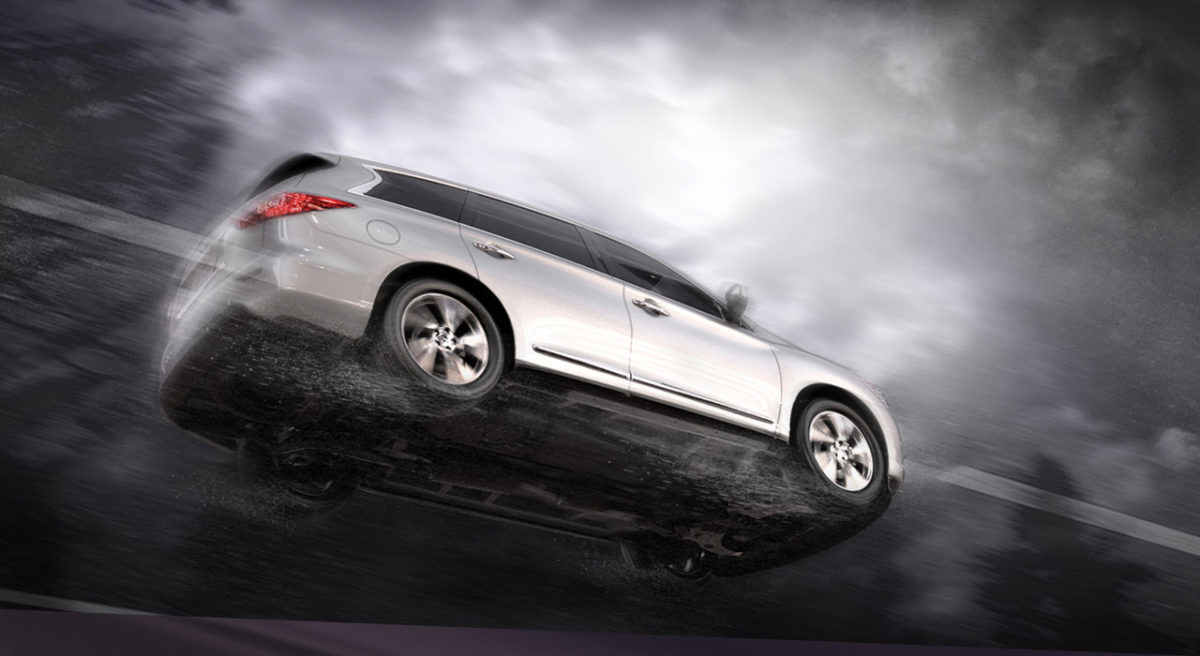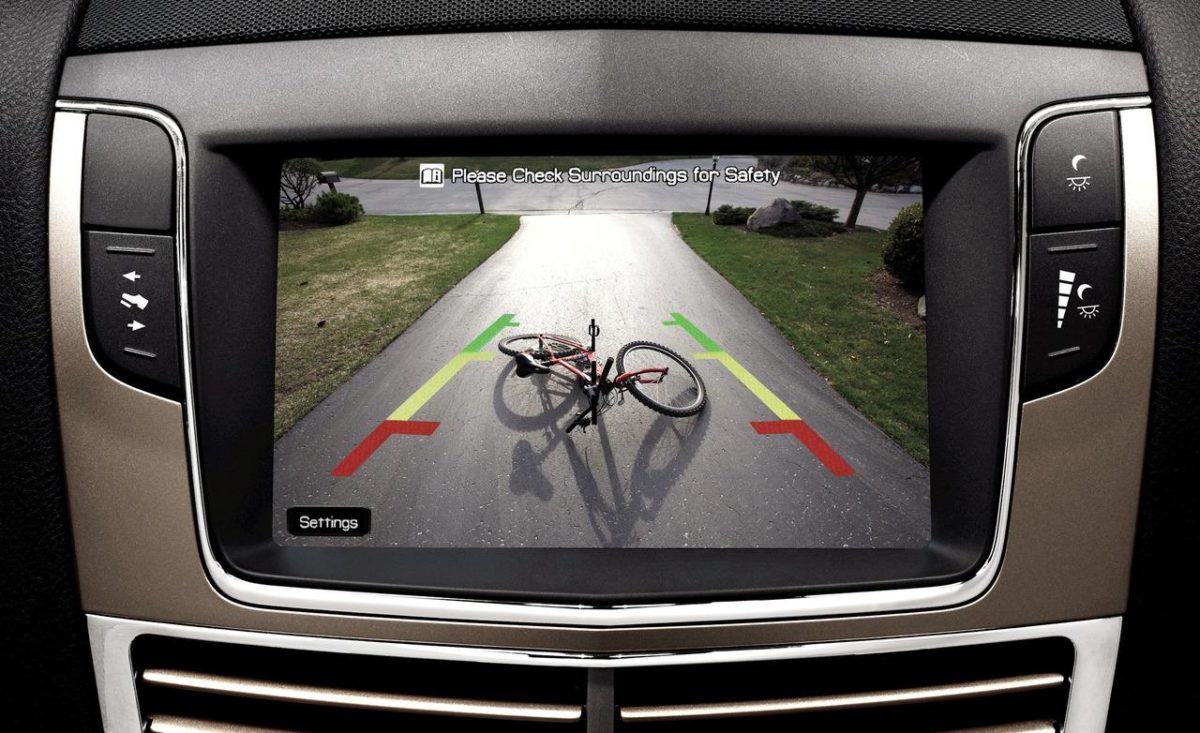
One of the biggest choices to be made when buying a sport-utility vehicle used to be the type of all wheel drive or four wheel drive system you need. Nowadays a wide variety of cars, not just SUVs, are also available with all wheel drive or four wheel drive for all weather traction.
But with an even wider variety of systems available with some manufacturers offering two or even more choices on a single vehicle line, the choices can be confusing.
In this article, we’ll cover the basics of what’s out there, and some of the more well known/well advertised systems available!

4WD vs AWD – What’s the difference?
4WD vs AWD: Generally speaking, Four Wheel Drive systems (4WD) have extra low gearing in a separate gearbox for more torque when off-roading. All Wheel Drive (AWD) systems do not have this separate low range gearbox. The benefit of the latter is that it saves on system complexity and weight with fewer components to wear out and better fuel economy. If you don’t plan on doing any serious off-roading or towing, stick with a vehicle with all-wheel-drive.
The Terminology behind it
Part-time 4WD: The most basic system out there. It gives the driver the choice of he/she wants to engage two wheel or four wheel drive modes. However, most part-time 4WD systems cannot be engaged unless it is very slippery because the system locks both the front and rear axles together. Using these systems on dry roads, especially around corners, will cause binding and potential damage to the system.
Full-time 4WD: Offers a driver selectable two-wheel-drive mode for dry-road or summertime driving, an “auto 4WD” or full-time 4WD mode for changing conditions or inclemental weather conditions, and a 4WD Low or Lock mode for low range gearing and off-roading.
Permanent 4WD: These permanent systems send power to all wheels at all time, typically with a fixed power split ratio between front and rear wheels. Many permanent systems can be dynamic in nature, computer controlled with the ability to transfer power back and forth between front and rear axles depending on slippage or upon acceleration and cornering. Being a “4WD” means that there is low range gearing for off-roading or tougher conditions.
Part-time AWD: These systems are typically 100% front-wheel drive based, transferring power to the rear wheels only after slippage to the front wheels occurs. They require no driver intervention but are less sophisticated than permanent or full-time AWD systems.
Full-time AWD: Either a front wheel drive or rear wheel drive biased system until slippage occurs. Better systems will send a small amount power to front or rear axles (depending on which the main set of drive wheels are) upon acceleration, not just after slippage happens, to prevent loss of traction before it occurs. These systems tend to be more intelligent as they can also vary the torque between front and rear axles, and possibly side-to-side depending on the manufacturer. No low range gearing.
Permanent AWD: These systems are fully automatic with no driver activation or intervention necessary. Power sent to front and rear wheels is typically set at a fixed ratio (typically 50/50 or 40/60) so all wheels are powered at all times for neutral handling and all time traction before slippage occurs. Being AWD, there is no low range gearing for off-roading.
What different manufacturers offer
With a huge variety of manufacturers offering AWD or 4WD these days, we’ll cover some of the more well-known systems advertised out there.
Quattro: Perhaps the best branded permanent or full time all-wheel-drive system for consumer vehicles. When people think of all-wheel-drive for passenger vehicles, Audi’s Quattro probably springs to mind. And as it should too, as Audi, partly as a way to win multiple World Rally Championships in the 1980’s, is largely responsible for popularizing all wheel traction in cars that we can all enjoy these days.
These days there are several different types of Quattro systems varying on which vehicle you choose in Audi’s model range.
Learn more at OpenRoad Audi.
4MATIC: A generic name for Mercedes-Benz’s 4WD or AWD vehicles with four powered wheels. It can refer to either a full-time AWD system, a permanent AWD system, or a Mercedes-Benz’s permanent 4WD system, depending on the model.
xDrive: BMW’s permanent all-wheel-drive system that is typically rear wheel drive biased. This allows for the typical rear wheel drive sporty BMW feel that customers and owners expect. This system is dynamic in nature and has the ability to transfer power fore and aft, side-to-side, and before slippage occurs.
xDrive is available on over 20 different BMW models: from the BMW 3 Series Sedan, 4-series Coupé, to the BMW 5 and 7 Series Sedans, as well as their X3, X5 and X6 Sports Activity Vehicles including the BMW X5M and BMW X6M.
Learn more at BMW Langley.

Instinctive AWD: Jaguar’s permanent all-wheel-drive system, also rear wheel biased and with the ability to start from the rear wheel drive biased ratio and transfer power fore and aft depending on conditions. On the move, the intelligent system continuously monitors driving and road conditions to help maximize traction and handling balance.
The front-to-rear torque split can vary from most of the torque on the rear wheels to as much as 50% on the front wheels. What’s more, this system can even take action pre-emptively to ensure the best possible grip in a variety of road and weather conditions.

Intelligent AWD: Infiniti’s full-time all-wheel drive system that sends 100% of the power to the rear wheels most of the time, but up to 50% to the front wheels if needed, enhancing control and traction when conditions are not optimal.
Learn more at OpenRoad Infiniti.

Real Time 4WD: Honda’s part-time AWD system that is a bit of a misnomer as it does not have a low range gearbox. This system only engages only when slippage occurs. The hydraulically actuated system is 100% front wheel drive until the wheels slip in which case the rear wheels receive power.
Overall system operation is completely automatic; no electronics or driver action is involved. The greater the degree of front-wheel slippage, the greater the amount of torque fed to the rear wheels.
Learn more at OpenRoad Honda.

Symmetrical all wheel drive: Aside from Audi, the other vehicle brand that is synonymous with all-wheel-drive is Subaru. Subarus all use a permanent AWD system.
With over three decades of all-wheel-drive experience, including multiple wins in the World Rally Championships, Subaru has a lot of experience in this field. Their dynamic system actively distributes engine torque to individual wheels in everyday driving, as well as in extreme conditions. With a combination of equal length driveshafts and the boxer engine layout, Subaru’s claim to fame is that their system is better balanced and is more efficient than others on the market.

Active-Torque-Split AWD: Mazda’s full-time all-wheel-drive system that adjusts traction needs by monitoring wheel slippage, steering angle, yaw rate, lateral acceleration, and available driveline torque. In normal driving, 100-percent of the driving torque is delivered to the front wheels.
During aggressive acceleration or when one front wheel is on the verge of slip, a controlled percentage of the available torque (up to 50%) can be directed to the rear axle.
Learn more at OpenRoad Mazda.
Porsche Traction Management (PTM): PTM is either a permanent four-wheel-drive or permanent all-wheel-drive system. This permanent (active) all-wheel drive features an electronically-regulated, computer controlled multi-plate clutch. The system’s variable torque distribution improves driving dynamics, agility and rapid traction management. It ensures optimum force delivery in every driving situation and excellent acceleration power whether on long straights, through tight corners, or on road surfaces with varying grip.
Learn more at Porsche Centre Langley.




